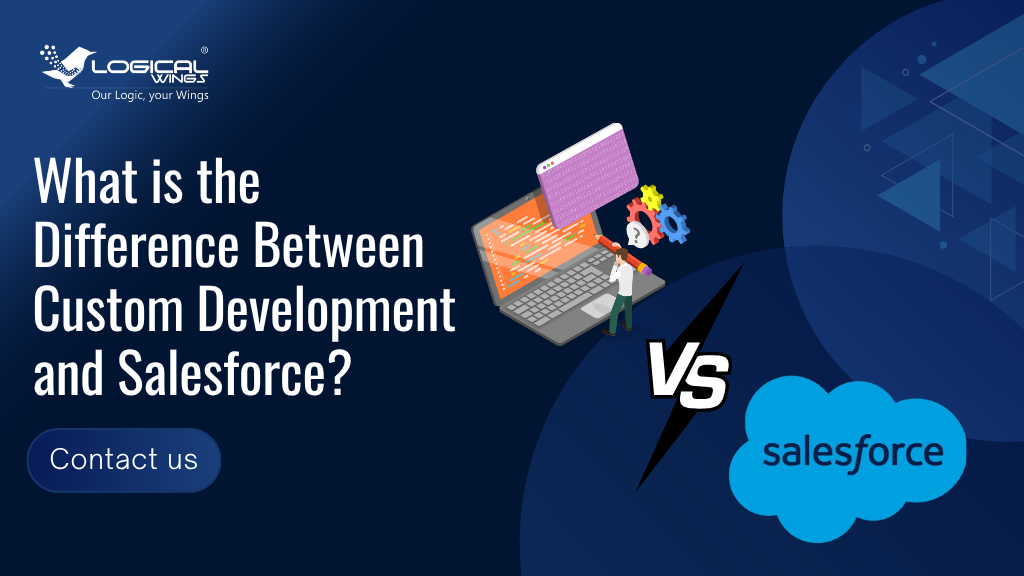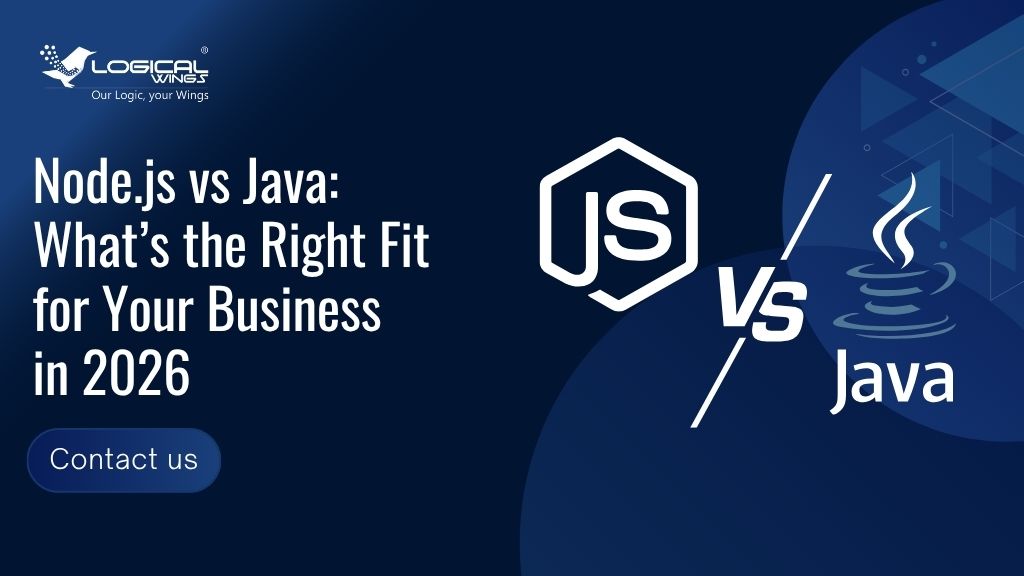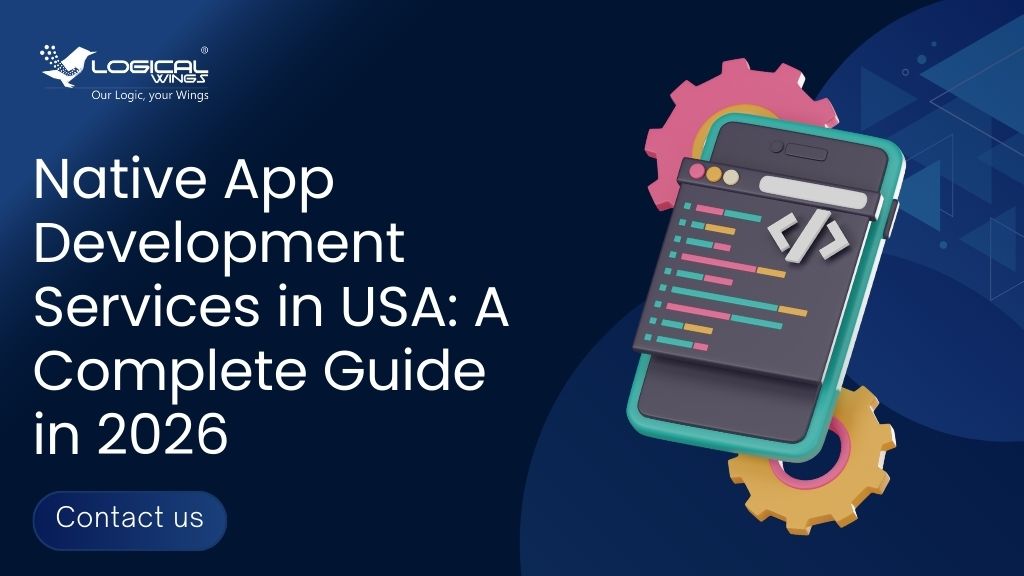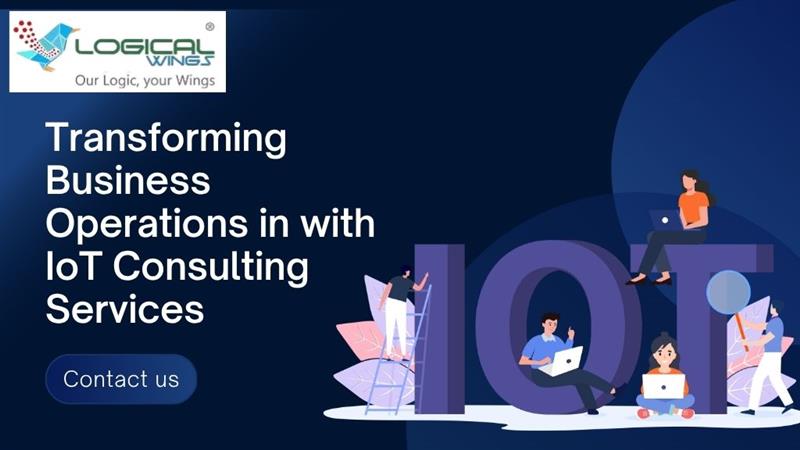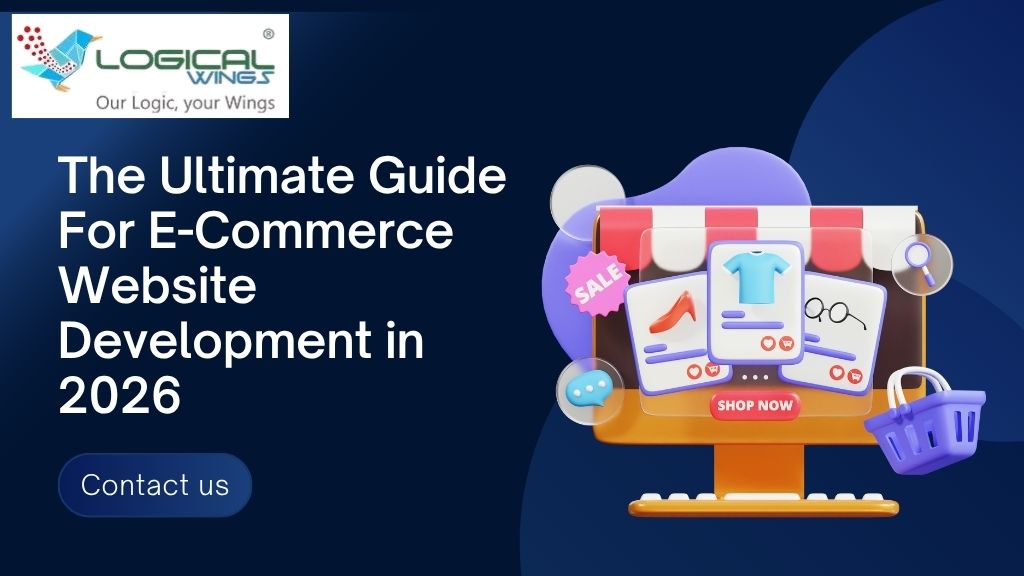The world around us is becoming increasingly connected—smart devices, sensors, and intelligent networks are shaping the future of how we live and work. This revolution is driven by the Internet of Things (IoT), a technology that links physical objects to the digital world, enabling data exchange, automation, and intelligent decision-making. IoT is not just a trend—it’s a transformative force. From predictive maintenance in manufacturing to real-time logistics tracking and smart healthcare systems, IoT helps businesses operate efficiently, make data-driven decisions, and deliver better customer experiences. However, implementing IoT solutions successfully requires more than just deploying connected devices. It demands strategic planning, security assurance, and performance optimization, all of which fall under the expertise of IoT consulting services. How it’s shaping the future of industries, the benefits it brings to businesses, and how companies in the USA can leverage it effectively—with a focus on IoT testing services and reliable IoT services companies in New York. What is the Internet of Things? The Internet of Things (IoT) refers to a network of physical devices—ranging from everyday household objects to complex industrial machinery—that connect to the internet to collect, share, and analyse data. Each device in this network contains sensors, software, and connectivity capabilities that enable it to communicate with other systems or cloud platforms. Example: A smart thermostat that adjusts temperature based on user behavior. Fleet management systems that monitor vehicle routes and fuel efficiency. Industrial machines that predict failures before they happen. IoT bridges the gap between the physical and digital worlds, empowering organizations with real-time insights and automated workflows that enhance productivity and efficiency. The Future of the Internet of Things The IoT landscape is expanding rapidly. By 2026, over 75 billion connected devices are projected to be in use globally, and IoT spending is expected to surpass $1.1 trillion. Key Trends Shaping IoT’s Future: Edge Computing Growth:Processing data closer to the source for faster insights and lower latency. 5G Integration:Enabling ultra-fast connectivity and supporting millions of devices simultaneously. AI-Driven Automation:Making IoT systems smarter and more adaptive. Sustainable IoT Solutions:Optimizing energy consumption and environmental impact. Enhanced Security Frameworks:Leveraging blockchain and encryption to secure IoT ecosystems. For businesses in the USA, adopting IoT today means future-proofing operations for the digital economy of tomorrow. Applications of Internet of Things IoT is transforming industries across the globe by introducing smarter, data-driven operations. Top Industry Applications Include: 1. Manufacturing IoT enables predictive maintenance, real-time production tracking, and supply chain visibility—minimizing downtime and maximizing efficiency. 2. Healthcare Connected medical devices monitor patient health, transmit vital data to doctors, and improve diagnostics accuracy. 3. Retail Smart shelves, digital payment systems, and personalized recommendations enhance shopping experiences. 4. Agriculture IoT sensors measure soil conditions, automate irrigation, and help farmers increase crop yields. 5. Transportation & Logistics IoT-powered GPS and RFID systems ensure real-time fleet tracking, reducing fuel costs and improving delivery efficiency. 6. Smart Cities From energy-efficient streetlights to waste management and traffic control, IoT drives sustainability and convenience in urban areas. IoT applications are virtually limitless—any process involving data, monitoring, or automation can benefit from this technology. Key Benefits of IoT for Business IoT’s business value goes far beyond connectivity—it creates intelligence, efficiency, and profitability across all departments. 1. Enhanced Operational Efficiency By connecting assets, sensors, and devices, businesses can track performance, optimize workflows, and reduce waste. 2. Real-Time Decision-Making IoT provides continuous streams of data, enabling leaders to make faster, evidence-based decisions. 3. Predictive Maintenance IoT devices can detect early signs of equipment failure, preventing costly downtimes. 4. Improved Customer Experience Smart devices enable personalization, faster response times, and proactive service delivery. 5. Cost Reduction Automated monitoring and process optimization lead to lower energy usage and reduced labor costs. 6. Better Compliance and Safety IoT systems monitor environmental conditions, ensuring compliance with safety and quality standards. In essence, IoT transforms business operations from reactive to proactive, enabling companies to anticipate problems before they occur. AI and Machine Learning in IoT Artificial Intelligence (AI) and Machine Learning (ML) are the driving forces behind the intelligence in IoT. While IoT gathers massive volumes of data, AI and ML interpret it—turning raw information into actionable insights. Key Applications of AI in IoT: Predictive Analytics:Anticipating future outcomes based on patterns. Anomaly Detection:Identifying irregularities in systems or behaviors. Automation:Triggering automatic actions, like maintenance alerts or security notifications. Personalization:Enhancing user experiences through smart recommendations. For example, in manufacturing, AI-integrated IoT systems can predict machine failures before they disrupt production. In retail, they can analyze shopping patterns to optimize inventory and pricing. The synergy of IoT, AI, and ML creates self-learning ecosystems that evolve with data—driving innovation and efficiency. Blockchain for Transparency and Security As IoT networks grow, data security and transparency become top priorities. This is where blockchain technology plays a vital role. Blockchain adds a layer of trust and traceability to IoT ecosystems by creating decentralized, tamper-proof records of transactions and device interactions. Benefits of Integrating Blockchain with IoT: Enhanced Security: Prevents unauthorized access and data tampering. Data Integrity: Ensures all transactions are verifiable and immutable. Transparency: Builds trust between multiple stakeholders. Automated Smart Contracts: Facilitates secure, rule-based data exchanges. For industries like logistics, healthcare, and finance, blockchain ensures that IoT data is not only accurate but also secure and transparent throughout its lifecycle. IoT Monitoring and Management with Logical Wings While IoT technology offers immense potential, managing a vast network of interconnected devices is complex. That’s where Logical Wings, a leading IoT services company in New York, steps in. 1. Comprehensive Device Management Tracking and controlling connected devices across multiple platforms. 2. Data Integration & Analysis Consolidating data from sensors and gateways for meaningful insights. 3. Real-Time Monitoring Ensuring system uptime, detecting anomalies, and responding proactively to threats. 4. IoT Testing Services Before deployment, Logical Wings conducts rigorous IoT testing services to ensure every device performs reliably under various conditions—covering functionality, connectivity, security, and scalability. 5. Custom IoT Solutions Tailored platforms built around your industry needs—whether you’re in logistics, energy, healthcare, or retail. By leveraging Logical

